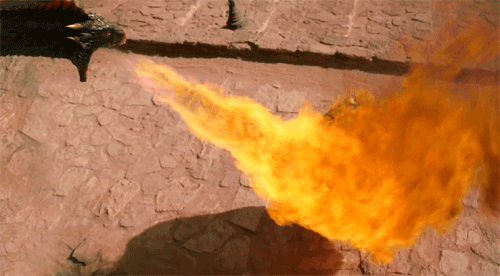Firewalker11
Brewer
A GFCI is detecting current "lost" to ground. Generally speaking, this is most salient when the current is being "lost" because the operator has inadvertently placed him/her/themself in series with ground.
So the original statement that a GFCI would remove most of the danger is correct.
(It wouldn't help if you'd grabbed the red and black wires, though).
Perhaps I can piggyback on your post? I was looking at this GFCI issue solely from the ability of the GFCI to work as an heat or amperage breaker due to the load being controlled by a light switch.
I agree 100% that a GFCI is essential in this circuit and all, I just read into it that it would also act as a circuit breaker under overload conditions.
Sorry I didn't clarify and that I came off as a troll. I had no intention of doing so.
Thanks NoIguanaForZ for your insite.
















![Craft A Brew - Safale S-04 Dry Yeast - Fermentis - English Ale Dry Yeast - For English and American Ales and Hard Apple Ciders - Ingredients for Home Brewing - Beer Making Supplies - [1 Pack]](https://m.media-amazon.com/images/I/41fVGNh6JfL._SL500_.jpg)











































